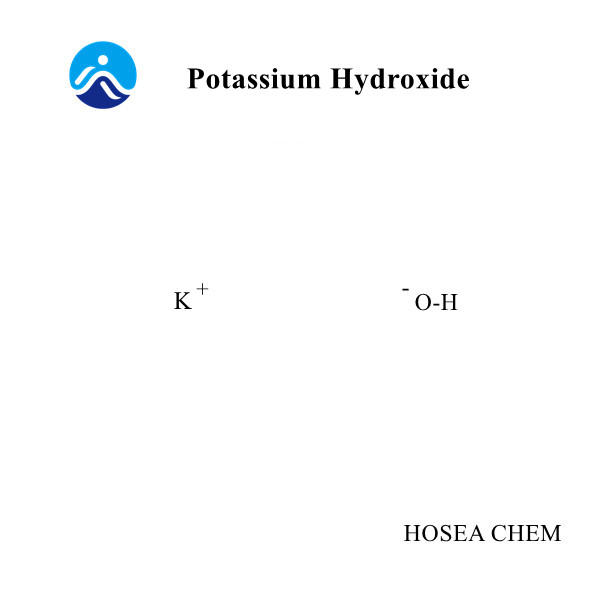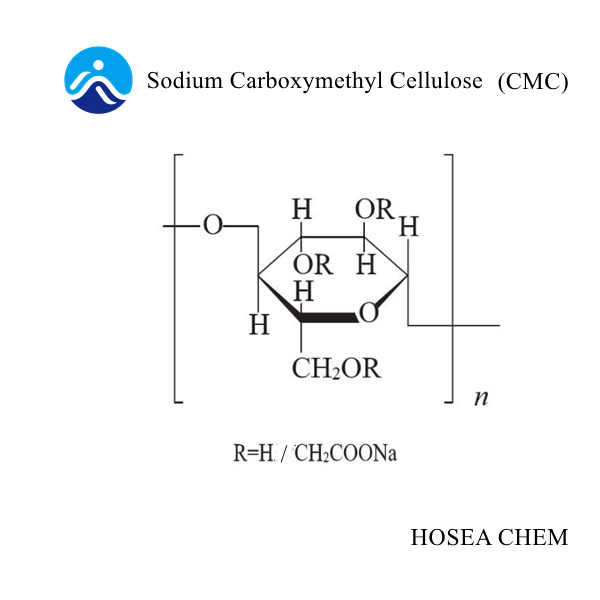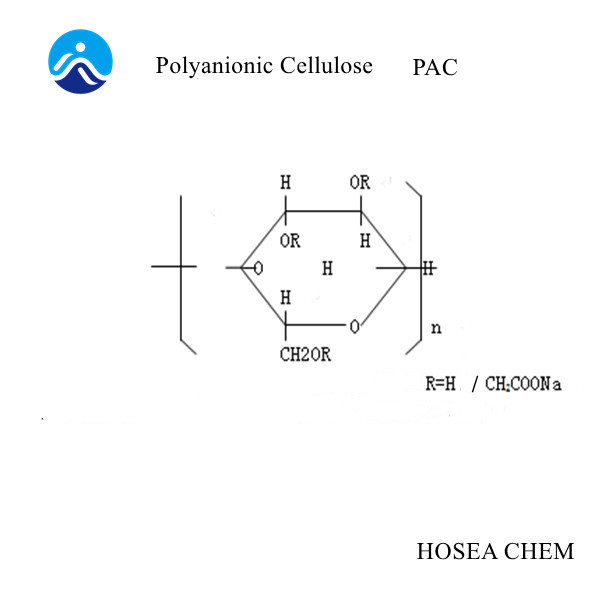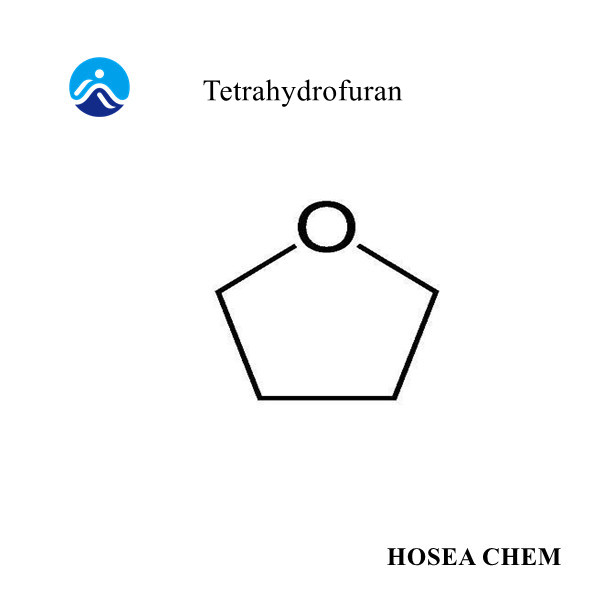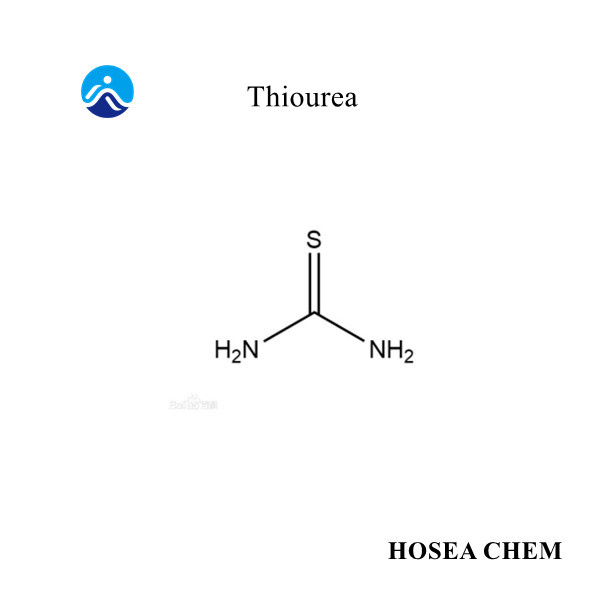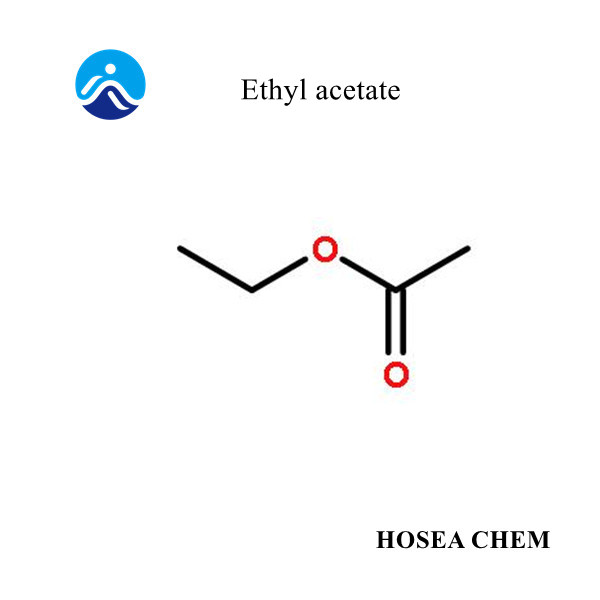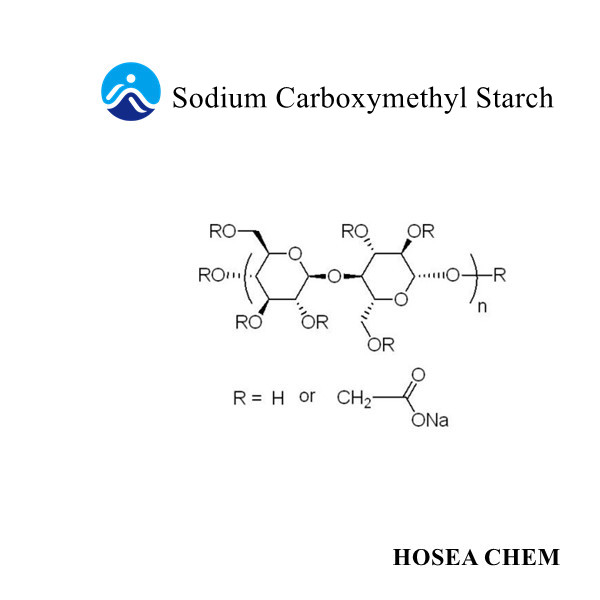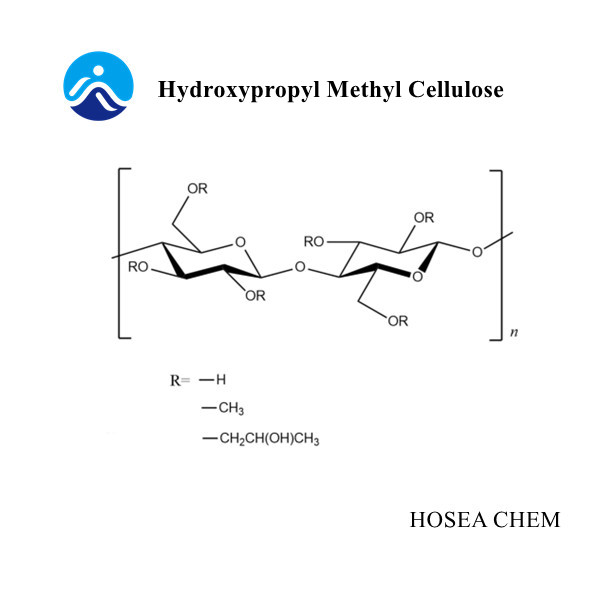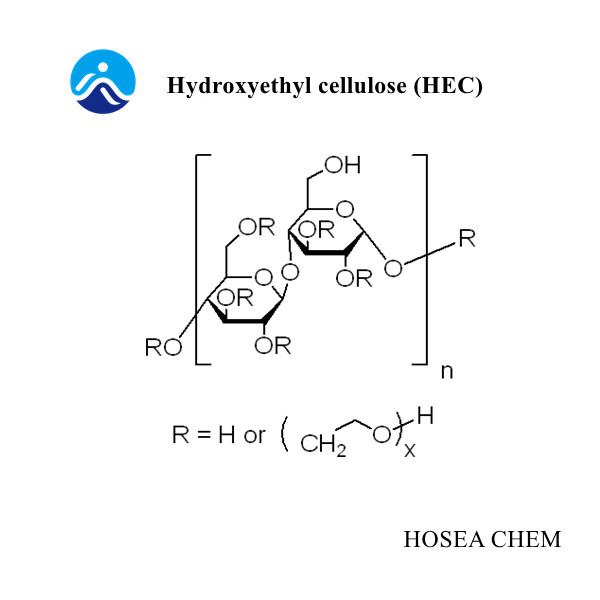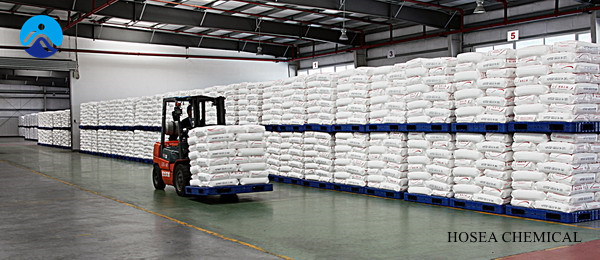How to use sodium carboxymethyl cellulose in the food industry
2021-11-06Sodium carboxymethyl cellulose is used as thickening agent, suspending agent, stabilizer, shape-preserving agent, film-forming agent, swelling agent and preservative.
1. Precautions for use If you encounter a partial acid and high salt solution, you can choose acid-resistant and salt-resistant sodium carboxymethyl cellulose, or compound with xanthan gum for better results.
2. Scope and amount of use
(1) my country's "Sanitary Standards for the Use of Food Additives" (GB2760-1996) stipulates: 1.2g/kg for beverages (excluding solid beverages); instant noodles, 5.0g/kg; ice cream, popsicles, cakes, biscuits, jelly and Puffed food, use appropriate amount according to production needs.
(2) FAD/WHO regulations: use and limit: canned sardines and mackerel, 20g/kg (single use or in combination with other thickeners); instant broth, soup, 4000mg/kg; cottage cheese, Whipping cream, 5g/kg, melted cheese, 8g/kg; flavored mayonnaise, 5000mg/kg (single or combined).
(3) Reference for actual use:
①Marshmallow: Because CMC can prevent the product from syneresis and make the structure bulky, when it is compatible with gelatin, it can still significantly increase the viscosity of gelatin. High molecular weight CMC (about DS 1.0) should be selected.
②Ice cream: CMC has a lower viscosity at higher temperatures, while the viscosity increases when it is cooled, which is beneficial to increase the expansion rate of the product and is convenient for operation. The viscosity of 250~260mPa·s CMC (about DS 0.6) should be used, and the reference dosage should be less than 0.4%.
③Fruit drinks, soups, sauces, instant solid beverages; CMC has good rheology (pseudoplasticity) and a refreshing mouthfeel. At the same time, its good suspension stability makes the product flavor and mouthfeel uniform. The acidic juice requires a good degree of substitution uniformity. If a certain proportion of other water-soluble gums (such as xanthan gum) are compounded, the effect will be better. High-viscosity CMC (DS0.6~0.8) should be selected.
④Instant noodles: Adding 0.1% CMC makes it easy to control moisture, reduce oil absorption, and increase the gloss of noodles.
⑤Dehydrated foods such as dehydrated vegetables, tofu skins, yuba, etc.: Rehydration is good, easy to hydrate, and has a good appearance. High-viscosity CMC (about DS0.6) should be used.
⑥ Noodles, bread, quick-frozen food: It can prevent starch from aging, dehydration, and control the viscosity of the paste. If konjac flour, xanthan gum, some other emulsifiers, and phosphates are used in combination, the effect will be better. Medium viscosity CMC (DS0.5~0.8) should be used.
⑦Orange juice, orange juice, coconut juice and fruit tea: Because it has a good suspension bearing capacity, it is better if it is compatible with xanthan gum or agar. The medium viscosity CMC (about DS 0.6) should be used.
⑧Soy sauce: Add salt-resistant CMC to adjust its viscosity, so that the taste of soy sauce is fine and smooth.
3. Stability and storage conditions
Although sodium carboxymethyl cellulose is hygroscopic, it is quite stable. The aqueous solution of sodium carboxymethyl cellulose is very stable when the pH value is 2~10, when the pH value is<2, precipitation="" will="" when="" the="" ph="" value="" is="">10, the viscosity of the solution drops sharply; when the pH value is 7~9, the viscosity of the solution Maximum and stable. Dry heat sterilization of sodium carboxymethyl cellulose or heat sterilization of the solution will reduce the viscosity. The long-term storage of the aqueous solution requires the addition of bacteriostatic agents. Solid sodium carboxymethyl cellulose should be sealed and stored in a cool and dry place.
4. Compatibility taboo
Sodium carboxymethyl cellulose is compatible with strong acid solutions, soluble iron salts and some other metals. When mixed with 95% ethanol, precipitation will occur; when the pH of the solution is<2, precipitation will occur. It can form copolymers with gelatin and pectin; it can form complexes with collagen to precipitate certain positively charged proteins.


